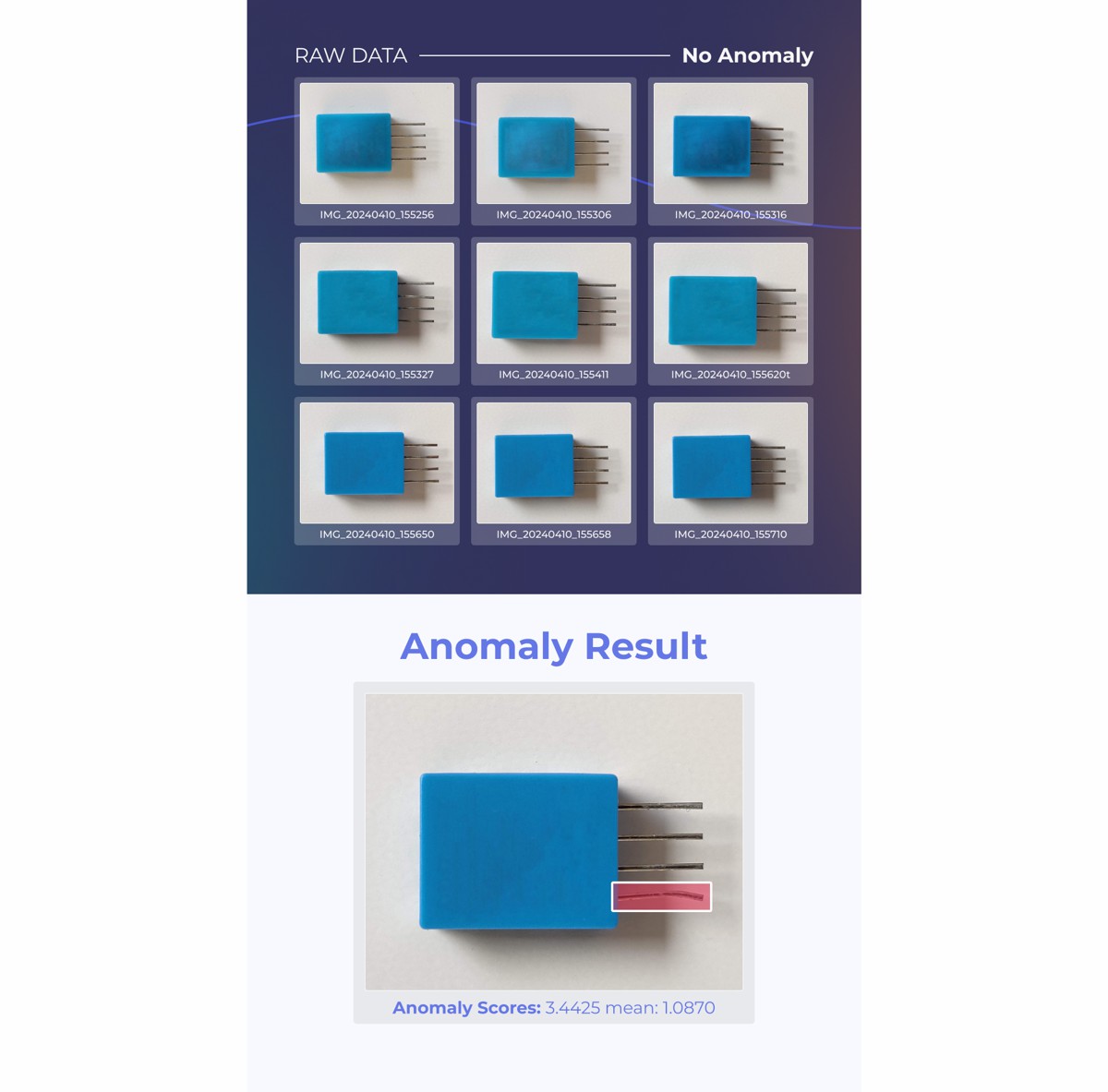Habitat for Humanity partnership prints Canada’s first multi-unit 3D Printed Homes
Habitat for Humanity Windsor-Essex, is partnering with the University of Windsor and nidus3D – Canada’s leaders in 3D construction printing, on the nation’s first permitted 3D printed residential homes.
This historic project – on the site of Leamington’s The Bridge Youth Resource Centre – is a key step in increasing access to affordable housing in Canada.
“This will be a historic build, the first 3D printed homes for residential use in this country, and potentially a game-changing solution to the current housing crisis. Habitat Windsor-Essex is working with the University of Windsor to learn more about how this new technology can potentially shorten construction times, and, over time, reduce input costs. Habitat W-E will benefit from the learning here, and those learnings could have a far-reaching impact for Habitat, and for the construction industry more broadly,” said Fiona Coughlin, Executive Director & CEO Habitat for Humanity Windsor.
This build is partially funded through Canada Mortgage and Housing Corporation’s Innovation Fund. And thanks to the latest partnership with nidus3D, Habitat for Humanity is leaning on the company’s cutting-edge 3D construction technology to make home ownership more affordable in Canada.
“In Windsor-Essex alone, there are currently 6,500 individuals that are homeless or at risk of homelessness, and the current solutions are simply not adequate in addressing this issue,” said, Ian Arthur, President & Founder nidus3D. “nidus3D is driven by the mission for increasing access to housing, and we’re deeply honoured for building the first multi-unit 3D printed homes in North America. This historic build serves as proof-of-concept for future builds, and paves the path for quicker and more cost-effective homes for Canadian families.”
During COVID, there was devastating impact of co-living on rooming houses and other communal living spaces. There was loss of life that could have been prevented.
Krista Rempel, Executive Director for The Bridge Youth Resource Centre states: “We’re grateful for the opportunity to be part of this historic build. The Bridge is investing in housing through this collaborative opportunity to not only do their part in addressing this housing crisis but the initiative will also support on-going operating dollars to sustain the organization long-term.”
This first-of-its-kind project will result in four units, in a self-contained home each unit measuring 560 square feet.
“We are very proud to be an active partner and research collaborator in this landmark research project of 3D printed home construction,” said Dr. Sreekanta Das, Professor of Civil Engineering at the University of Windsor.
This construction project will help forming the design codes and standards on 3D printed constructions.
“We are excited about this innovative solution to addressing the national housing crisis” said Hilda MacDonald, Mayor of the Municipality of Leamington. “We are very grateful the Municipality of Leamington was selected as the location of this first-of-its-kind fully accessible 3-D multi-unit residential build.”
The 3D printed homes will be available by Summer 2022 for individuals and couples in need of attainable housing. For more information, visit: 3D Printed Homes Partnership.















